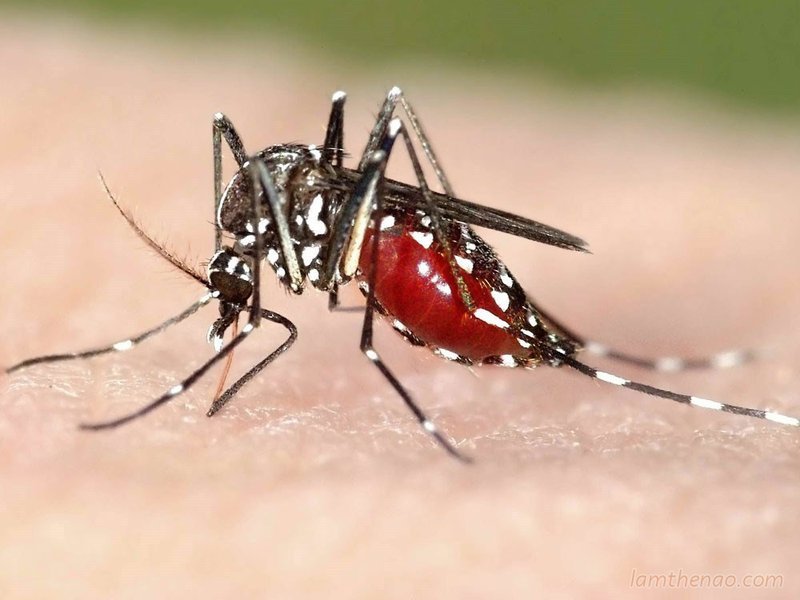Indications and adverse effects of platelet transfusion
This is an automatically translated article.
Posted by Specialist Doctor II Pham Tien Ngoc - Emergency Doctor - Emergency Department - Vinmec Central Park International General Hospital
Platelet transfusion is indicated for the treatment and prevention of bleeding in patients with severe thrombocytopenia. However, besides the benefits, platelet transfusion also leaves some side effects such as fever, allergies, sepsis,...
1. In what case is platelet transfusion indicated?
Platelet transfusion is indicated in the following situations:
Active bleeding: When there is active bleeding (except ecchymosis or petechiae), platelet transfusion is recommended when the platelet count is <50,000/ μl. For intracerebral hemorrhage requiring maintenance of a higher platelet count (>100,000/μl) Inactive bleeding: for cases of gradual drug-induced thrombocytopenia is recommended when the platelet count falls to low 10,000/μl or less. platelet transfusions are advised for each of the following: for central venous catheterization (when platelet count <20,000/μl), for lumbar puncture (when platelet count <50,000/μl), ....
2. Platelet products
2.1. Platelet Pool Platelets are separated from fresh blood by special centrifugation and platelet concentrates from 5 donors are pooled together before storage. Platelet Pool Concentrate contains approximately 38 x 1010 platelets in 260ml of plasma, equivalent to a platelet count of about 130 x 109/μl.
2.2. Platelets Decanted Platelets were collected from 1 donor and had the same number and volume of platelets as Pool platelet concentrations from 5 donors. The benefits of single-donor platelet transfusions include less transmission of infection and a reduced risk of immune-induced thrombocytopenia (producing antibodies to donor platelets, reducing the effect of the transfusion). Although these benefits are still unclear, more clinical trials are still needed
2.3 Platelet neutropenia The leukopenia reduction has the following advantages: low cytomegalovirus transmission rate (this microorganism is transmitted in leukocytes), less febrile reactions and reduced rates of immune thrombocytopenia

Khối tiểu cầu gạn tách được sử dụng trong chỉ định truyền tiểu cầu
3. Response to Platelet Transfusion
In an adult without ongoing blood loss, a single platelet concentrate from 1 unit of whole blood will increase the circulating platelet count by 7,000- 10,000/μl one hour post-transfusion. Since an average of 5 platelet concentrates are pooled for each platelet transfusion, the average platelet count usually increases from 35,000 to 50,000/μl after one hour of infusion.
The increase in platelets decreases after multiple infusions, because the antiplatelet antibody in the recipient targets the ABO antigen on the donor platelets. Infusion of ABO compatible platelets reduces this response.
4. Adverse effects of platelet transfusion
Risks associated with platelet transfusion: febrile reaction (1/14), allergic reaction (1/50), sepsis (1/75,000), acute lung injury (1/138,000), Infections with HBV, HCV, HIV, etc.
Fever, chills are the most common adverse events associated with platelet transfusion and are more common with red blood cell transfusion (leukopenia, which will decrease response Allergic reactions: pruritus, urticaria, anaphylaxis, and anaphylaxis are also more common with platelet transfusions than with red blood cells, as these are reactions to proteins in the donor plasma. Removing plasma from platelet concentrate reduces the risk of these reactions. Bacterial transmission: bacteria are more likely to thrive in concentrated platelets than in red blood cells. Acute lung injury: more common with transfusion of red blood cells than platelets Those who are bleeding and have a low platelet count or thrombocytopenia threatening bleeding will be indicated for platelet transfusion. However, platelet transfusion also leaves some disadvantages. Therefore, finding out and choosing reputable facilities and hospitals in emergency cases is also essential to ensure the health of patients as well as limit dangerous complications.
Please dial HOTLINE for more information or register for an appointment HERE. Download MyVinmec app to make appointments faster and to manage your bookings easily.
This article is written for readers from Sài Gòn, Hà Nội, Hồ Chí Minh, Phú Quốc, Nha Trang, Hạ Long, Hải Phòng, Đà Nẵng.





